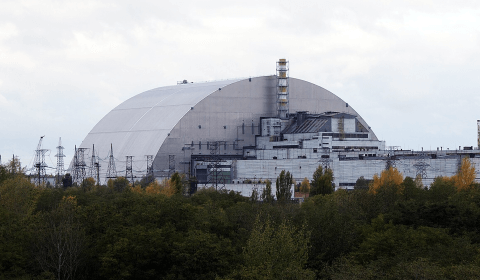Joint research by UNSW and the UN found that one of Australia’s coal mines has a higher methane emission rate than originally reported. What’s worse is that coal mine methane emissions are prevalent worldwide, further threatening climate action.
The topic of methane emissions has constantly been in the middle of discussions regarding climate policy. Many have been taught that methane is one of the most potent greenhouse gases (GHG) in our atmosphere.
From livestock to fossil fuels, methane is emitted from a variety of sources, and today, it accounts for up to 30% of global warming since the industrial revolution. However, there is one widely unmentioned source of this atmospheric gas: coal mines, and one has come under fire in recent times – the Hail Creek open-cut coal mine.
The Australian mine, located in Queensland, is owned by Glencore, an Anglo-Swiss commodity trading and mining company.
Two years ago, the company reported that its total methane emission was only 0.53 Mt of CO2 equivalent (CO2e). However, a recent study conducted by the University of New South Wales and the United Nations Environment Programme’s International Methane Emissions Observatory (IMEO), found otherwise.
Two aircraft containing emissions monitoring equipment were given a mission by the research team to fly over the mine looking for plumes of methane. The result? It was found that the actual amount of methane escaping the coal mines were most likely to range between 1.5 Mt and 4.2 Mt CO2e per annum. This makes Hail Creek a super emitter of methane.
The situation in this mine isn’t just an isolated incident, either. It’s reported that on an annual basis, an estimated 38-67 million tonnes of methane are emitted from coal mines. With significant gaps in emission reporting and lack of action, coal mine methane (CMM) emissions are the most subtle GHG’s constituting a bigger threat.
Unsurprisingly, the largest emitter of CMM is China, specifically the region of Shanxi, accounting for about 13% of the nation’s total methane emissions. As of last year, coal mines alone contributed to 40% of China’s methane emissions.
Other major contributing nations are the United States (US), Russia, and Australia. Russian CMM emissions are primarily located in three basins: Kuzbass, Pechora, and Donetsk. Nine years ago, these emissions totaled approximately 70 million tonnes of CO2e. On the other hand, US coal mines accounted for 8% of the nation’s methane emissions, making the coal mining industry the fifth-largest emitter as of 2019.
Circling back to Australia, the Hail-Creek mine is located in the Bowen Basin, which is considered one of the biggest regional emitters of CMM. It emits methane with an intensity that is 47% higher than the global average. Every year, this region records an average of 1.6 Mt CO2e, positioning it as one of Australia’s methane hotspots.




















